Thriving with nature: from co-existence to co-prosperity
Today, many European wildlife species are making a comeback. Let’s view this as an opportunity to create conditions where people and nature can flourish together.

Today, many European wildlife species are making a comeback. Let’s view this as an opportunity to create conditions where people and nature can flourish together.
In this blog, Frans Schepers, Executive Director of Rewilding Europe, outlines why rewilding offers transformative solutions than can enable nature and people to thrive together.
Rewilding thrives on diverse perspectives, dedication, and motivation – qualities found in all our teams. This International Women’s Day, we speak to the female leaders accelerating action in our landscapes to find out more about their passions, beliefs, and commitment to making Europe a wilder place.
Photographers thinking of entering images for this year’s Rewilding Europe Award still have time before the March 1 deadline. For inspiration and guidance, we talk to celebrated conservation photographer Jen Guyton, who will co-judge this year’s entries.
Submissions for the Rewilding Europe Award in this year’s European Wildlife Photographer of the Year competition are eligible until March 1. As the deadline approaches, we talk to celebrated photographer and rewilding thought leader Peter Cairns, who will act as one of this year’s judges.
Across Europe, rewilding is already delivering tangible results for people, nature, and climate. Over the next 12 months, bigger and bolder actions can amplify rewilding’s positive impact.
In the Oder Delta, which straddles the German-Polish border, river and riparian restoration efforts are breathing new life into a giant watery ecosystem.
From schoolchildren and students to beekeepers and everyday citizens, the Rewilding Velebit team is building engagement with a wide range of stakeholders, amplifying support for their nature recovery efforts.
In the Affric Highlands rewilding landscape in Scotland, efforts to protect and restore woodland are supporting natural regeneration and the realisation of a wilder, more biodiverse landscape.
Over the last 18 months, James Shooter’s Rewild Podcast series has broadcast sounds and stories from rewilding initiatives across Europe. Showcasing rewilding’s hopeful narrative, his hugely engaging productions have attracted legions of faithful listeners and inspired many to become more involved in nature recovery.